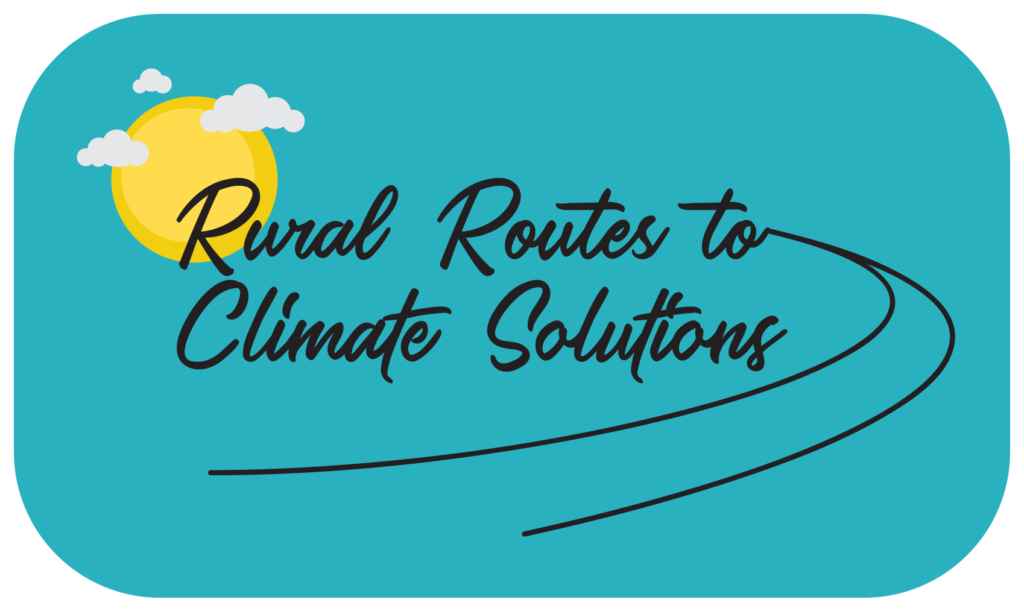Stewarding the Land, Building the Future: The Story of Timber Ridge Ranch
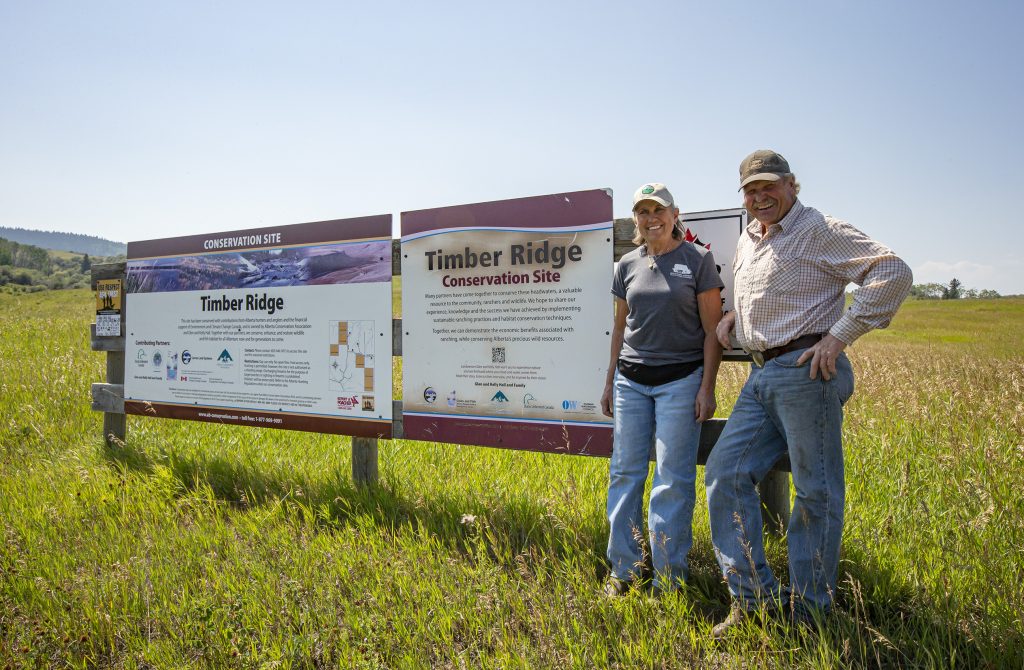
Since well before regenerative agriculture became a buzzword, Glen and Kelly Hall have been quietly practicing its principles. At Timber Ridge ranch, near Stavely, Alberta the Halls are blending time-honoured traditions of ranching with forward thinking practices that put soil, water and biodiversity at the centre of the story.
Ranching in today’s agricultural climate come with its challenges – rising costs, extreme weather and difficulties with expansion and succession to name a few. That’s why the Halls, in partnership with conservation organizations and impact investors have embraced a bold alternative – steward ownership.
We spoke to the Halls about this innovate model, which flips conventional farm financing on its head. We discussed putting the stewards (producers) at the centre, how they set up collaborative agreements and how this is helping them plan for a successful future at Timber Ridge.
It’s clear from this conversation that connections underpin the whole system – connection to the land, the animals and their community. Glen and Kelly are living proof that when innovative thinking meets a deep rooted care for the land, anything is possible.
EP 77 – Healthy Food, Healthy Environment – SoR Part 9
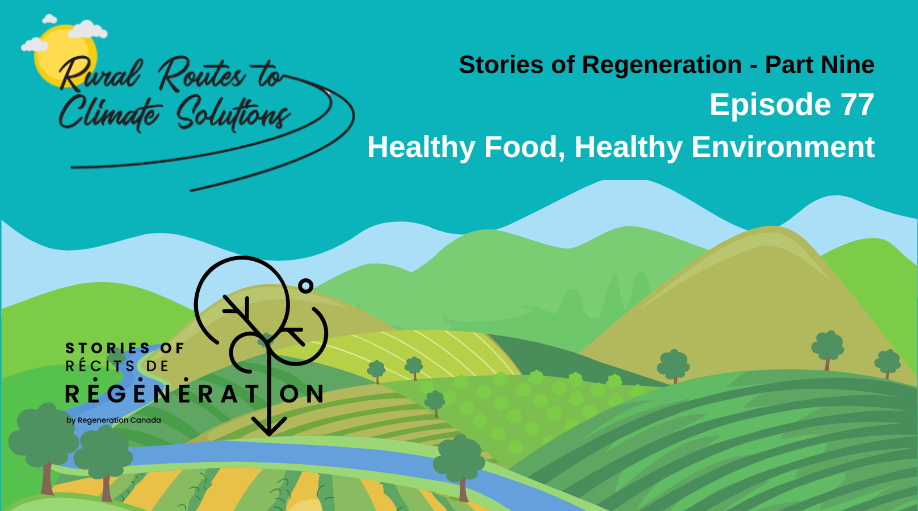
Podcast: Play in new window | Download
Subscribe: RSS
Facing his daughter’s health issues, rancher Craig Cameron and his family turned to regenerative farming to grow the healthiest food possible for her. Craig, alongside his father-in-law Peter DenOudsten, shifted their traditional beef farm to a regenerative model. They now grow over 10 types of grass and clover, use less fertilizer, and produce some of the healthiest, most nutritious beef you can find.
The Healing Power of Collaboration – Timber Ridge, Stavely, Alberta
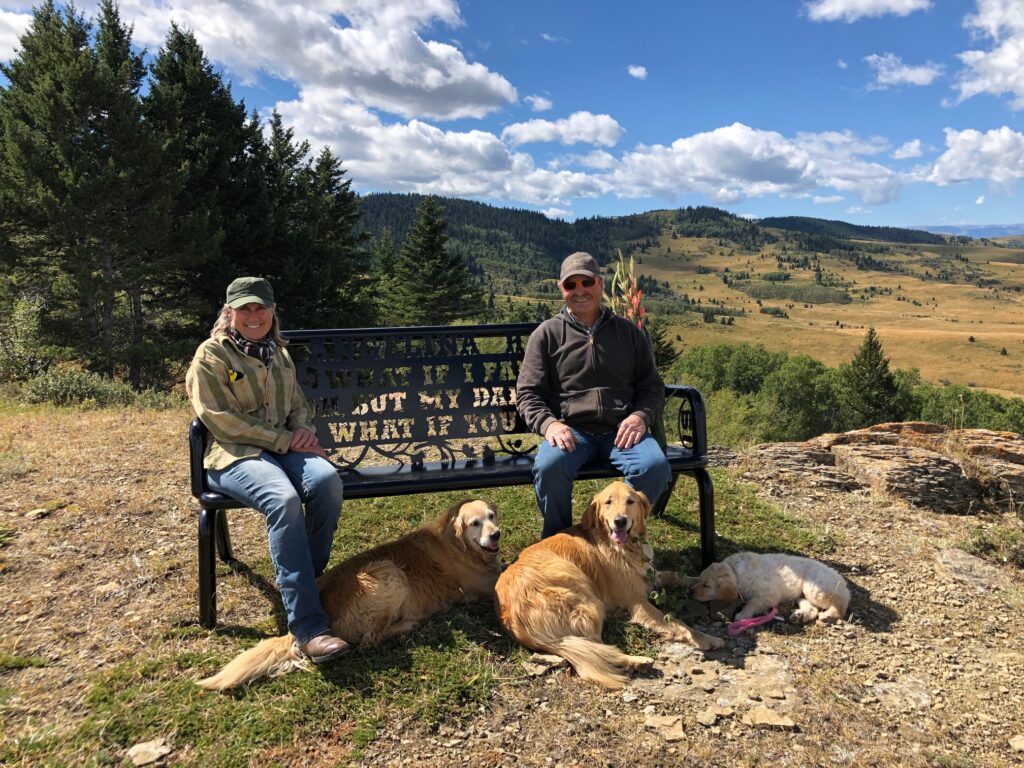
Glen and Kelly Hall have been managing Timber Ridge Ranch, a 480-acre farmland situated an hour south of Calgary near Stavely, Alberta, for over 40 years. Their approach to agriculture involves regenerative practices and the conversion of their land back to perennial coverage, including the cultivation of multi or polyculture crops for swath grazing. Their operations primarily consist of a cow-calf program with approximately 200 mother cows, and they also custom graze calves from fall to spring.
Since 2018, the Halls have been on a mission to collaborate with local organizations to rejuvenate their land, which was previously subjected to conventional farming methods involving fertilizers, herbicides, and pesticides. Over the last four decades, they have seeded an impressive 5,000 acres, aiming to enhance biodiversity both above and below the soil.
We spoke to the Halls about the challenges of ranching in Alberta’s drought-prone “banana belt” and how they’re adapting their practices to “drought proof” against increasingly warming temperatures and extreme conditions.
EP 67 Total Grazing – SoR Part One
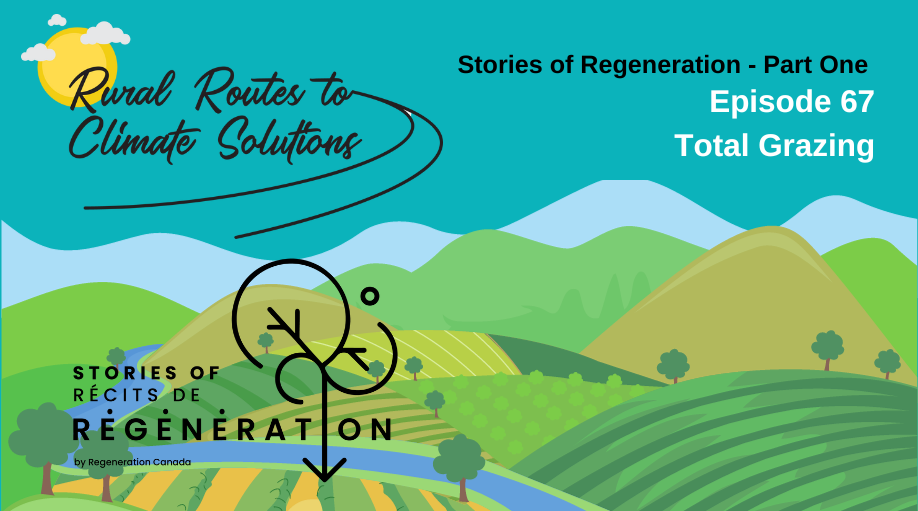
Podcast: Play in new window | Download
Subscribe: RSS
In the summer of 2023, a diverse group of storytellers, organizers, and strategists visited 10 farms and ranches in Canada. These farms and ranches were carefully chosen to represent different aspects of Canadian agriculture, including fruit, grains, beef, veggies, and even a vineyard. The purpose of this project, which included videos, articles, and a podcast series, was not solely focused on what these farms produced, but rather how they produced it. These farmers and ranchers were passionate about not only producing high-quality, nutrient-rich food, but also about fostering community connections, caring for the land, contributing to ecosystem stewardship, and addressing global issues like climate change. And to top it off, some of these farmers were even enjoying the process.
EP59 Women In Ag
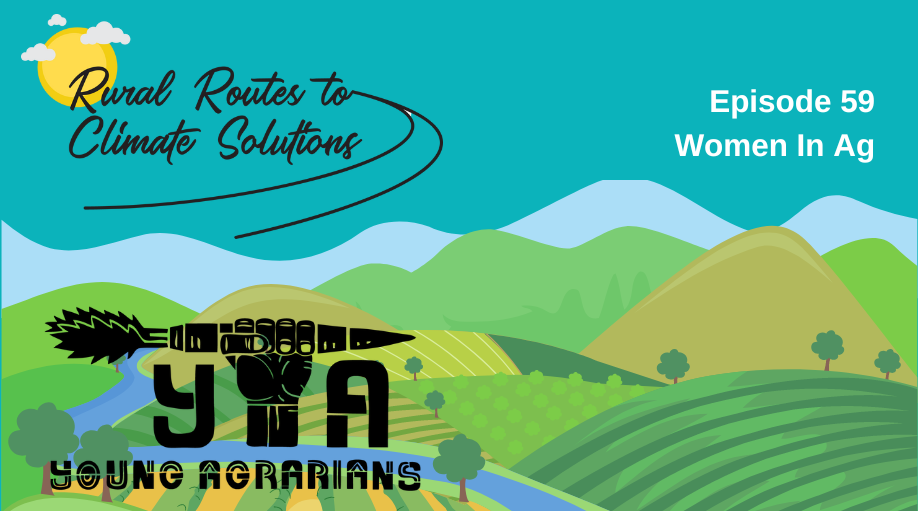
Podcast: Play in new window | Download
Subscribe: RSS
Sometimes the public’s perception of agriculture doesn’t quite fit the reality. For many, when thinking about agriculture, the farmer is often tall, broad – and let’s be honest – masculine. With the number of female farm operators increasing, you’ve got to wonder if this outdated image is about to change.
EP53 Dugouts
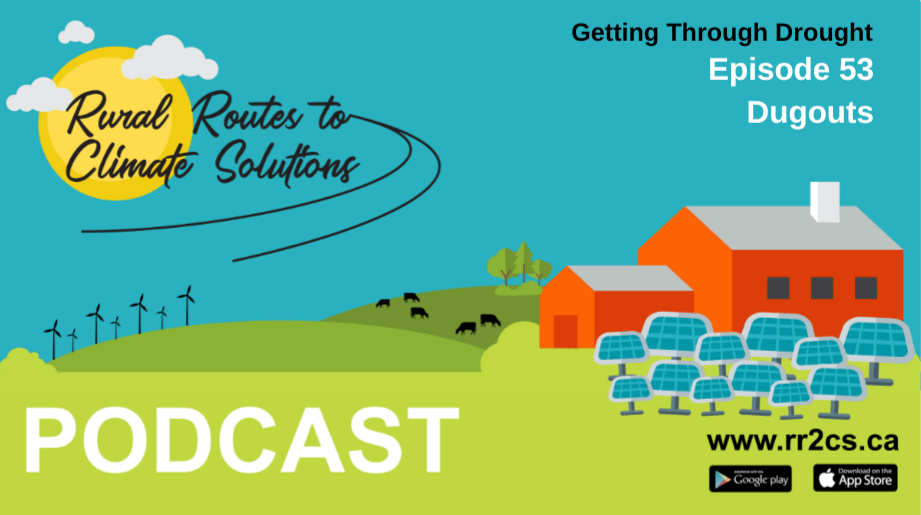
Podcast: Play in new window | Download
Subscribe: RSS
If you live in Alberta and raise cattle, odds are you’re going to try every possible way to keep that spring melt, or heavy rain, on your land. A tried and true method of ensuring that water doesn’t go wandering off is the dugout.
In this episode, Norine Ambrose, Executive Director of Cows and Fish, helps us understand the importance of protecting riparian areas (including dugouts) and how it can help with drought management.
EP52 Drought Plans
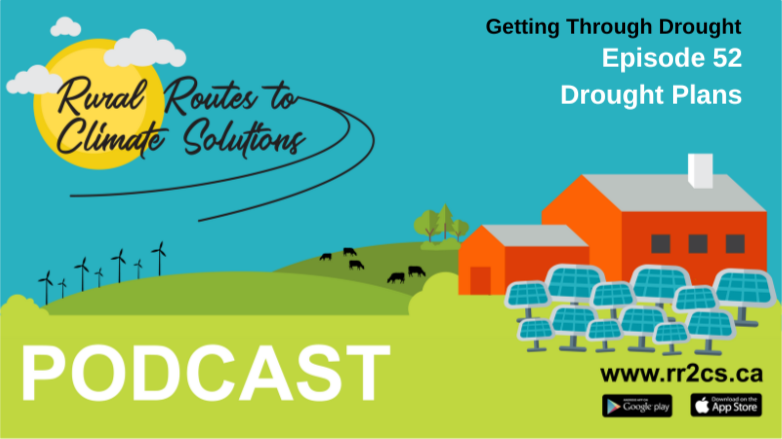
Podcast: Play in new window | Download
Subscribe: RSS
There are very few things that can mess up your grazing plans like a drought. Join us as we chat with Sean McGrath, of Round Rock Ranching, about creating a plan to help minimize the impact that a drought can have on your operation.
Farming With Nature — Redtail Farms, Castor, Alberta
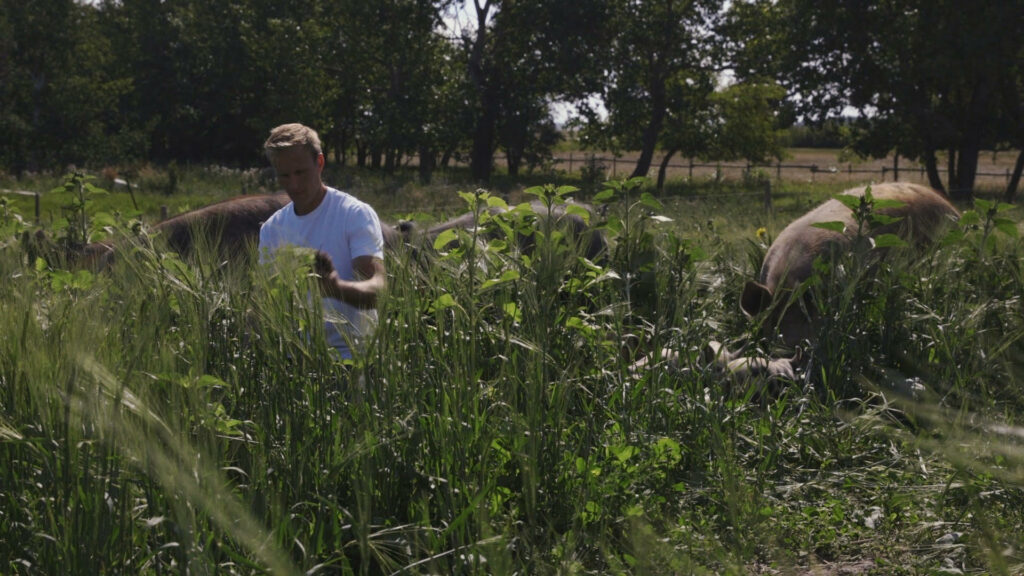
While Ian Griebel grew up on his family’s mixed farm south of Castor, Alberta, he never thought he’d one day become a farmer. Griebel studied carpentry and pursued his journeyman certificate, and envisioned a life away from the farm. But in his late twenties, he and his wife, Dana, realized they wanted “to get back to the land”, and that his family’s farm in Castor presented an opportunity.
Evolving Sustainable Practices on a Fifth Generation Ranch — Valley View Ranch & Flying Heart Meats, Strathmore, Alberta
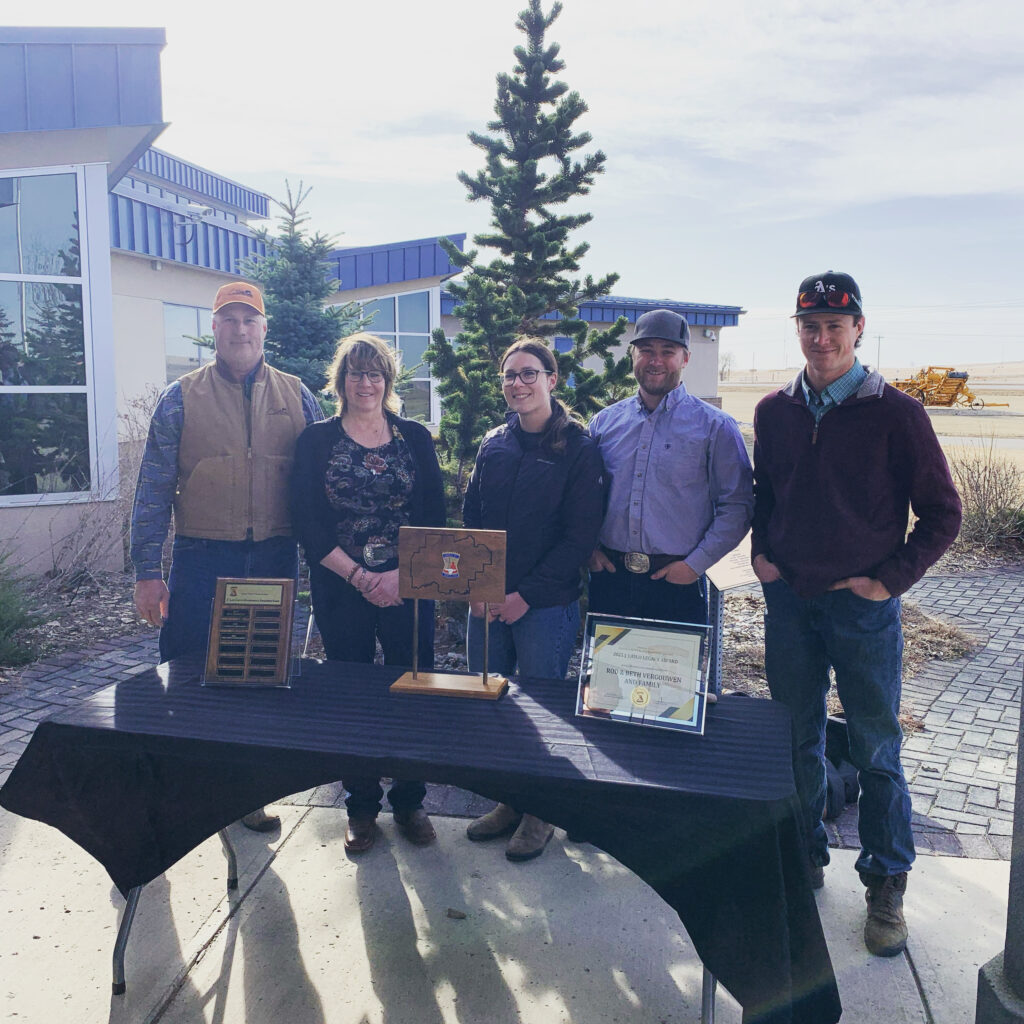
Sustainability is a shared family value at Valley View Ranch and Flying Heart Meats, a fifth generation family ranch located east of the town of Strathmore, a short drive from Calgary, Alberta.
Rod and Beth Vergouwen’s agricultural roots in Strathmore stem back to the early 1900s when Beth’s great-grandfather emigrated from Illinois with the vision to farm and ranch in southern Alberta. In 1909, he named the land “Valley View Ranch” — a name that Rod and Beth, along with their children, who represent the next generation of farmers on the family ranch, have preserved and continued to date. “We have a long, deep rooted connection with agriculture on both sides of the family farm,” explains Rod, whose own grandfather emigrated to southern Alberta from Holland in the 1920s.
